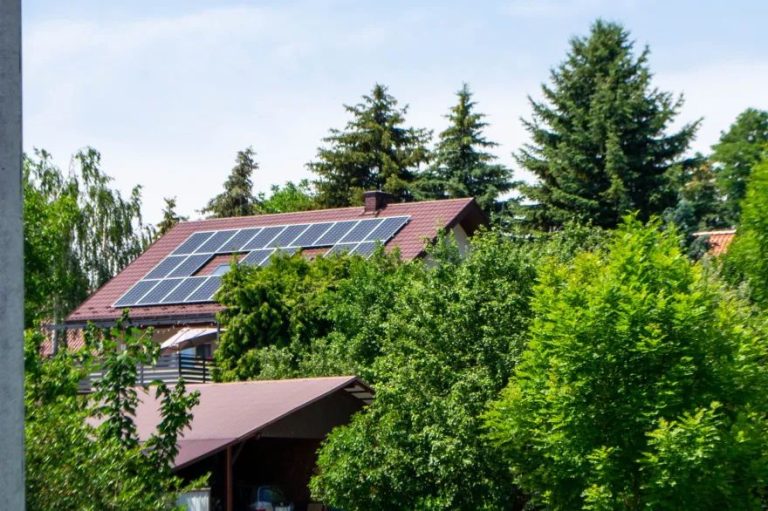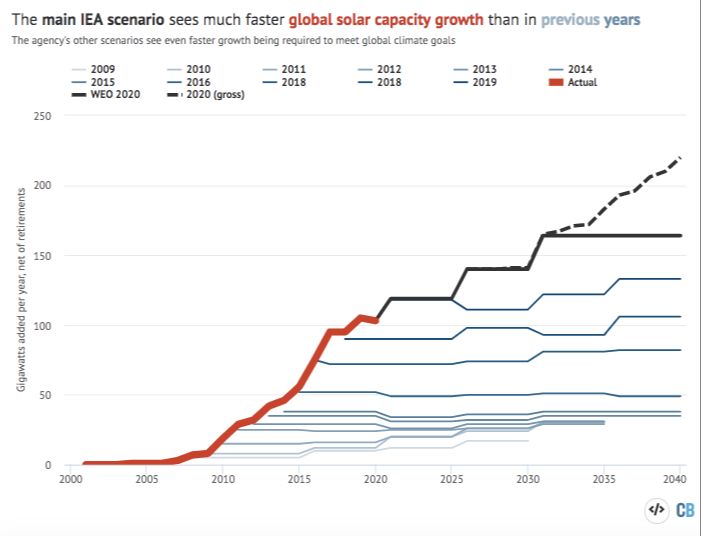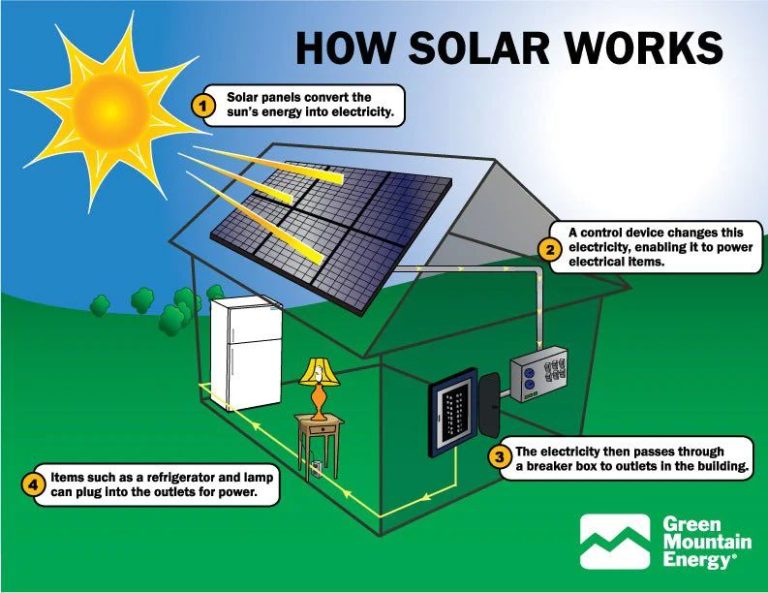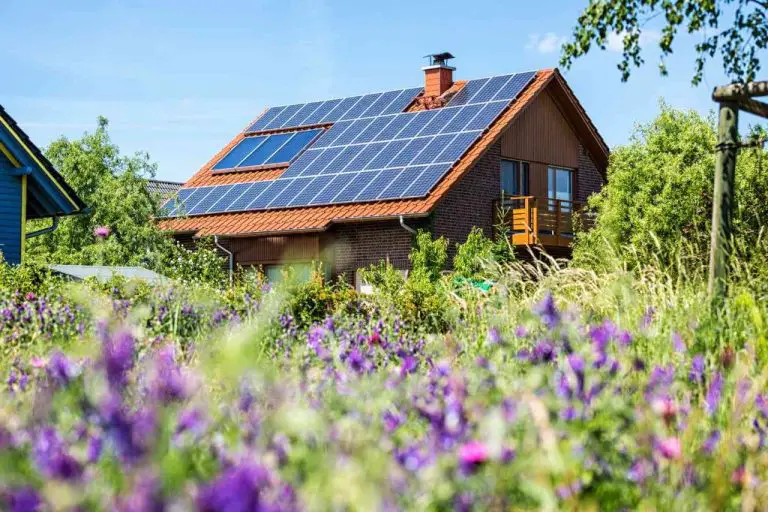Can I Install Solar Panels Myself?
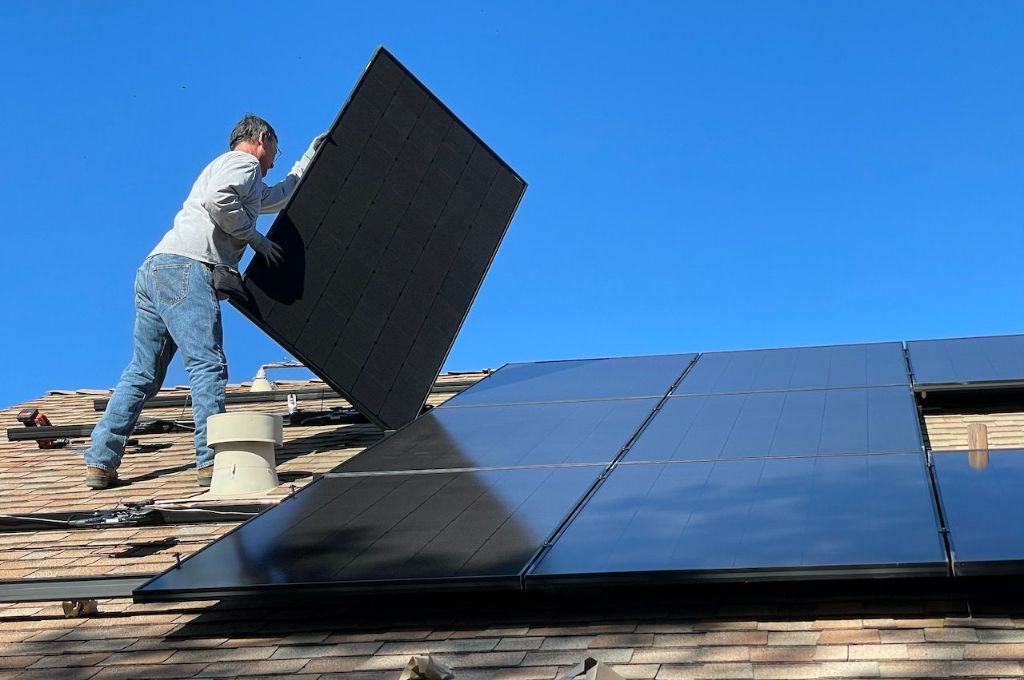
Installing solar panels on your own roof, also known as a DIY solar installation, has become an increasingly popular option for homeowners looking to go green and reduce their dependence on the grid. With the average cost of solar panel installation from a professional around $2.60-$3.60 per watt in 2021, according to Energy Sage, the potential cost savings of a DIY solar project can be substantial.
But is DIY solar really feasible for the average homeowner? There are pros and cons to weigh.
On the pro side, a DIY solar installation gives you full control over the project, possibly lowering overall costs compared to hiring an installer. You also get to learn the ins and outs of how a solar energy system works. However, DIY solar requires specialized skills in roofing, electrical work, and construction to install safely and correctly. Permitting and inspections also need to be done properly. Finally, DIY systems won’t qualify for the same warranties and protections as professionally installed solar panels.
Overall, DIY solar panel installation is possible but requires thorough research and preparation beforehand. Carefully considering the feasibility and your abilities is crucial before attempting it yourself instead of hiring a qualified solar contractor.
Safety Considerations
Installing solar panels on your roof involves working with electricity and at heights, so it’s crucial to follow safety precautions. According to GoGreenSolar’s safety tips article, you should avoid electrical hazards by turning off the main breaker and locking it before starting any electrical work. Wear insulated gloves when handling wires. Prevent falls by securing ladders, wearing a safety harness, and avoiding working in windy or wet weather. Wear protective equipment like safety glasses, hard hats, and steel-toe boots.
Roof work poses risks like falling or tripping hazards. Walk carefully and avoid stepping backward on the roof. Keep the work area clear of tools and wires that could cause injury. Carefully follow installation instructions to prevent roof leaks. Hire a professional roofer if you’re uncomfortable working at heights. Taking safety precautions requires some investment, but it’s essential for injury prevention.
Proper protective equipment like harnesses, head protection, gloves, and footwear is a must, according to CNET’s article on DIY solar installation. Don’t take shortcuts – your safety should be the top priority.
Assessing Your Roof
Before installing solar panels, you’ll need to thoroughly examine your roof to ensure it’s suitable for supporting a solar array. Key factors to consider include:
Roof Type: Solar panels can be installed on most roof types, including asphalt shingle, metal, tile, and flat roofs. However, some materials like slate or wood shake are not recommended. The roof’s age, condition, and warranty should also be reviewed.
Orientation: Solar panels produce the most energy when pointed directly at the sun. In the Northern Hemisphere, south-facing roofs receive the most sunlight. Panels can face up to 45 degrees east or west of due south with minimal energy loss. Obstructions like trees or buildings should be evaluated.
Sunlight: Use a solar assessment tool like PVWatts Calculator to estimate how much sunlight hits different areas of your roof throughout the year. South-facing sections with minimal shading are ideal.
Area Needed: Measure the total square footage of unshaded roof space. As a rule of thumb, you need about 100 square feet per 1-2 kilowatts of solar panels. Make sure you have enough space for your desired system size.
Thoroughly inspecting and measuring your roof helps ensure it can structurally support solar panels for decades. This assessment also informs system design and placement.
Understanding Electrical Requirements
Installing solar panels requires some basic knowledge of electrical wiring and components. The main electrical considerations are:
- PV system wiring configurations – Solar panels can be wired in series to increase voltage or in parallel to increase current. Most residential systems use a series-parallel combination.
- Components like combiner boxes, disconnects, and inverters – These parts of the system connect panels, regulate power, and convert DC to AC current.
- Following electrical code – The National Electrical Code (NEC) provides standards for solar installations. Local codes may also apply.
Having a solid grasp of electrical basics will help ensure a safe and effective DIY solar installation. Resources like GoGreenSolar’s DIY solar guide provide wiring diagrams and electrical details to study.
Consulting with a certified electrician is highly recommended when installing solar electrical components and connecting to your home’s electrical system.
Gathering Parts and Tools
Installing solar panels is a significant project that requires gathering the right equipment ahead of time. Here are some of the key parts and tools you’ll need:
For the solar array itself, you’ll need the solar panels, inverters to convert the DC power into AC, and racking to mount the panels. Solar panels can be purchased directly from manufacturers or solar supply stores. Make sure to get an inverter that is compatible with your panels and properly sized for your system. Racking comes in different types like fixed tilt or pole mounts – choose what fits your roof and site. See https://www.energysage.com/solar/solar-energy-equipment-needed-to-go-solar/ for more details.
You’ll also need various electrical parts like wiring, conduit, disconnects, and breakers to safely integrate the system with your home’s electrical. Using solar-rated equipment is critical. Proper safety gear like harnesses and ropes are essential for roof work. Standard roofing tools like ladders, screw guns, and sealants will also be needed. Miscellaneous supplies like labels, mounting hardware, and cable management products help finish the job. A comprehensive list of parts can be found at https://unboundsolar.com/blog/10-essential-tools-for-diy-solar-installation.
Having all the necessary solar equipment and tools on hand before starting will make the installation process smoother.
Installation Process
The actual installation of your DIY solar panels involves several key steps. First, you’ll need to mount the solar panel racking system that will hold the panels securely in place (source). This typically involves bolting aluminum or galvanized steel rails onto your roof’s rafters or installing concrete footings if doing a ground mount. Make sure to follow the racking manufacturer’s instructions closely.
Next comes running electrical conduit and wiring from the panels to your electrical panel or battery storage location. This wiring carries the DC electricity generated by the solar panels. You’ll need to determine the right wire gauge and conduit type based on your system size and layout (source). It’s crucial to maintain electrical code compliance and safety at this step.
Finally, you can mount the solar panels onto the completed racking system and connect all of the components together – panels, wires, invertor, meter, and so on. Thoroughly test the system to make sure it is functioning properly and producing electricity before officially switching it on.
Local Permitting
Before installing solar panels yourself, it’s crucial to understand the permitting requirements for your local jurisdiction. According to Unbound Solar, most areas require two main permits: a building permit and an electrical permit.
The building permit ensures your roof can structurally support the solar array and that fire safety regulations are met. The electrical permit verifies your system is properly wired and up to code. Specific requirements vary, but common items inspected include: roof attachments, wiring, inverter setup, and meters.
Once your solar installation is complete, an inspector will visit to confirm it meets all codes and permitting conditions. It’s highly recommended to use a licensed electrician when wiring your system to avoid failing inspection. As Sistine Solar notes, hiring a solar pro can streamline the permitting and inspection process as they are familiar with local requirements.
While permits add steps, they ensure your DIY solar array is safe, legal, and eligible for tax incentives. Research permit needs thoroughly before installation to avoid headaches down the road.
Pros and Cons of DIY Solar Installation
Installing solar panels yourself has some advantages but also drawbacks to consider before deciding to take on an DIY solar project.
One of the biggest potential benefits of DIY solar is significant cost savings. According to the Ultimate Guide to DIY Solar Panels from Solar Reviews, installing solar yourself can save thousands in upfront installation costs compared to hiring a professional solar company (https://www.solarreviews.com/blog/pros-and-cons-of-buying-diy-solar-panels).
However, DIY solar requires a major time and effort commitment. You’ll need to research permits, find reputable equipment, and carefully plan every step of the installation. The project may take many weeks or months of your personal time to complete. Hiring a professional solar installer can greatly reduce the demands on your time.
Additionally, inexperience can lead to safety risks and system problems if the DIY installation is not done properly. Without solar training, you may miss important steps or codes that ensure safe, efficient, and long-lasting operation of the system.
Finally, DIY solar installs do not come with a professional warranty or guaranteed performance. If issues arise down the road, you’ll be fully responsible for any repairs or replacements needed. With a professional install, you typically receive a workmanship warranty, as well as production guarantees.
Hiring a Solar Installer
While DIY solar installation may seem like an appealing option to save money, there are considerable benefits to hiring a professional solar installer instead. Reputable installers have extensive training and experience designing systems and handling complex electrical work. This expertise translates into higher-quality installations that comply with all codes and safety standards.
Professional installers can also properly size your system based on your home’s energy usage and roof specifics. They have access to industry-best panels and components that a DIY installer may not. Labor warranties are common when using professional installers, covering any defects for 10-25 years. According to Solar Power Authority, the average cost difference between DIY and professional installation is only $1-$3 per watt.
When hiring a local solar installer, make sure they have a valid license and insurance. Request 3-5 quotes to compare overall costs and warranties. Ask for references from past customers and examples of completed projects similar to yours. Reviews from sources like the Better Business Bureau can further verify an installer’s reputation.
While DIY installation may seem cheaper upfront, the system design, components, and performance from a professional installer makes it well worth the investment in the long run.
Conclusion
Overall, deciding whether to install solar panels yourself or hire a professional comes down to a few key considerations. If you have electrical and roofing experience, don’t mind a steep learning curve, and are willing to take extra safety precautions, DIY solar installation may make sense for you. However, hiring a professional can save you time, reduce installation mistakes, and provide peace of mind with manufacturer warranties and liability insurance. Weigh the pros and cons of DIY vs. hired installation.
For many homeowners without construction experience, hiring a solar company is the best option. While more expensive upfront, professional installation is more likely to meet all safety and building codes, last long-term, and qualify for government incentives or utility rebates. Consider getting multiple quotes and ask if the company handles permitting for you. However, if you’re up for a challenging project, have a simple roof layout, and are comfortable working with electricity, DIY can substantially reduce costs.
Carefully review the risks and research all local requirements before deciding. With proper planning and precaution, installing solar panels yourself is feasible. But if the complexity feels overwhelming, the wise option can be partnering with professionals.

